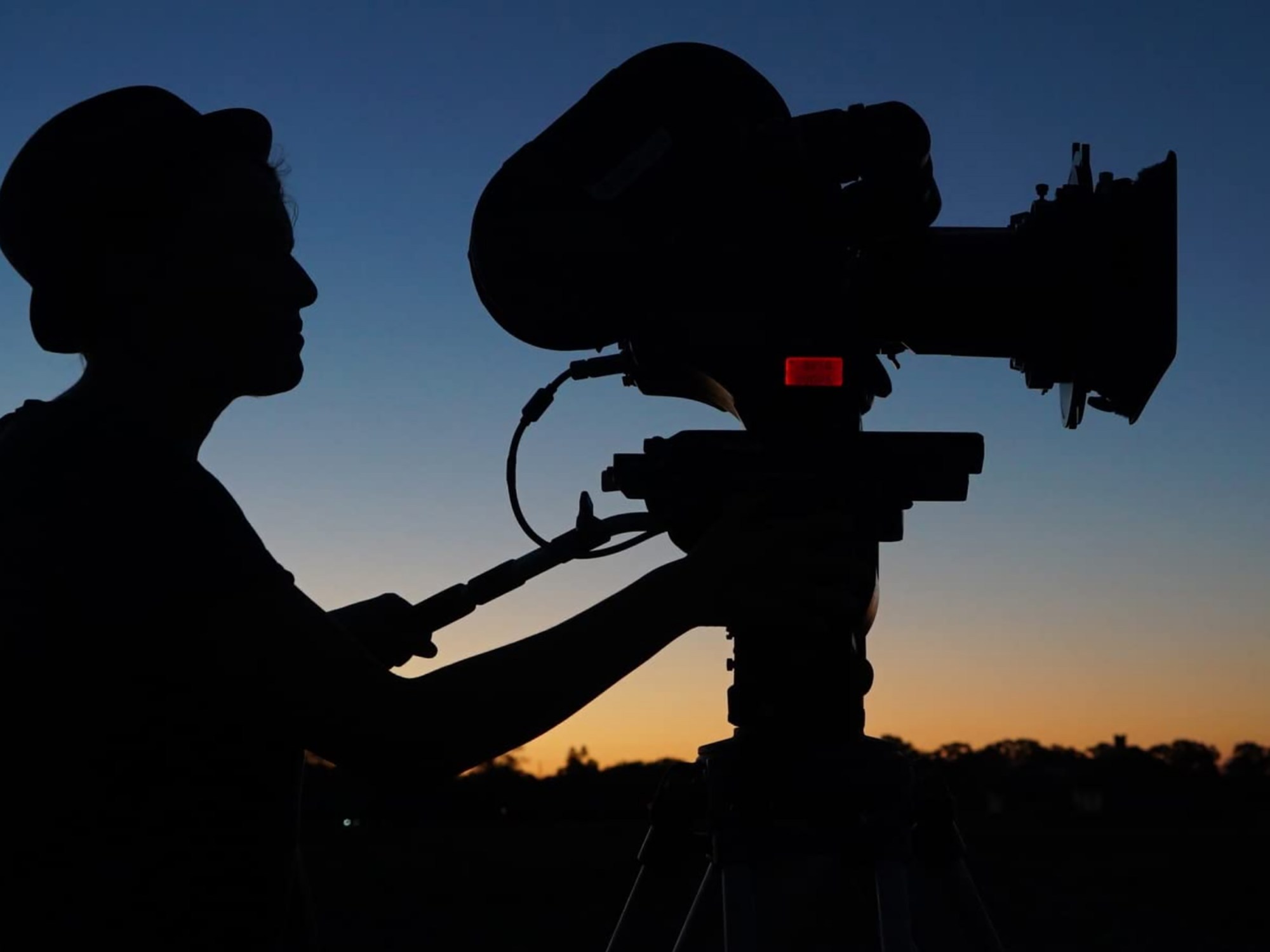
- Film
The Rise of Female Cinematographers
There are many professions in Hollywood in which women are under-represented, and despite an increasing number of women winning cinematography awards around the globe, there are many glass ceilings yet to smash in order to reach anywhere near gender parity. Here are some of the most highly regarded below-the-line talents making a difference in and outside Hollywood.
Rachel Morrison is an American cinematographer who made history when she was nominated for an Academy Award for Best Cinematography for the Golden Globe-nominated film Mudbound, in 2017. Prior to her Oscar nomination, she was best known for her work in Fruitvale Station, Cake, Dope, and most recently, the Golden Globe-winning film Black Panther. This NYU alumni made her debut as primary cinematographer on the film Palo Alto, in 2007. She’s come a long way since her two- and half-year stint on the reality series, The Hills. Cognizant of the difficulties of breaking through into feature films, she told musicbed.com, “If you’re thoughtful about the work you do, you’ll succeed. You just need to accept that you’re going to get second-guessed a lot. That’s the nature of the game. Be confident in your decisions and you’ll be fine … there’s no time for indecision in this industry.”
Claire Mathon is a French-born DP known for such films as Portrait of a Lady on Fire, Petite Maman, and Atlantics. This former student of the Ecole Nationale Supérieure Louis Lumiere is the recipient of a Cesar Award for Best Cinematography for her work on Portrait of a Lady on Fire, and the film was nominated in the non-English film category at the Golden Globes. She also won the Los Angeles Film Critics Association Award for Best Cinematography for the film Atlantics and Portrait of a Lady on Fire. Mathon was also nominated for a Cesar Award for her work on Stranger by the Lake. Other films include The Queen of Hearts, and Going South, and she most recently worked on the Golden Globe-nominated film Spencer, as well as Saint Omer.
Rina Yang, known for the Golden Globe-winning series Euphoria, Nanny, and Flint Strong, was born and raised in Japan, and grew up in a Korean family. She moved to London and became the first Asian woman to join the British Society of Cinematographers. She was awarded the BAFTA Breakthrough award in 2020 for the film Sitting in Limbo, and also made history as the first DOP to win a cinematographer award at the British Arrows, which celebrates ‘bravery and artistry in moving image advertising.’ Yang won her Arrows award for a Nike advertisement. Other work includes the film O’dessa and Netflix series Top Boy 3. Like many DP’s and directors she began her career working on music videos working with such artists as Taylor Swift, Bjork, FKA Twigs and Dua Lipa.
Argentine cinematographer Natasha Braier is known for her work on The Neon Demon and Gloria Bell. She was born in Buenos Airies and relocated to London with her family at age 18 where she studied at the National Film and Television School. Soon afterwards she moved to Los Angeles and won the Special Jury Award for Vision and Craft at the Sundance Film Festival for her work on Honey Boy. She most recently worked on She Said, and her other films include The Rover, and the documentary Science of Compassion.
Kira Kelly is an Emmy-nominated African American cinematographer known for her work on Ava DuVernay’s documentary 13th, and continued to work with her on Queen Sugar. She’s also known for Skin in the Game, Were the World Mine, Shang-Chi and the Legend of the Ten Rings, as well as such television programs as Home, and Insecure. For the latter for she received three Golden Globe nominations and a Primetime Emmy nomination. A graduate of Northwestern University majoring in Radio/Television/Film, she told the KPCC.org show The Frame, “I started out as an electrician, in the lighting department. While I was there I was already shooting stuff, I’d shoot any project that I could get my hands on. I went to film school for cinematography, and then slowly but surely I moved up to gaffing. I was able to work on projects with much bigger budgets as a gaffer than I had when I was shooting. So I was able to learn a lot. The best advice would be to shoot everything you can.”

